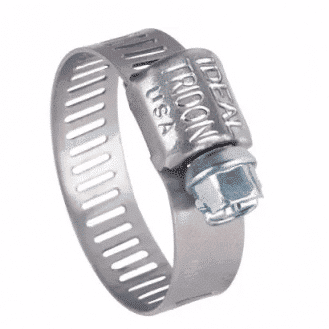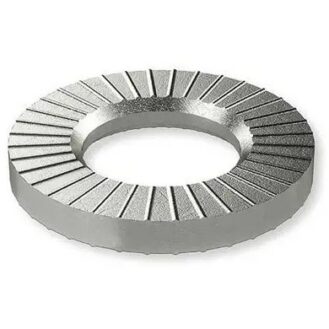Lubricants are divided into oils, greases, and pastes. Your choice will depend on your intended application, but also on the operating conditions.
There are several types of oils, each with specific functions. For example, automotive oils protect moving parts from wear, while cutting oils protect tools not only from wear but also from excessive heating. The lubricating capacity of oils decreases at very high or very low temperatures. When choosing an oil, you should therefore pay attention to the temperature range recommended by the manufacturer and indicated in the product’s technical characteristics. It should be noted that synthetic oils are suitable for extreme temperatures, maintaining their lubricating capacity at any temperature.
Lubrication with grease ensures the smooth running of moving parts, dissipates heat, and protects against wear and tear. If you are looking for a lubricant for high-temperature services, opt for greases, as they are highly heat-resistant. In addition, they can withstand high speeds and significant loads.
As for pastes, they are very effective at temperatures above 300°C, unlike oils, which tend to evaporate when this temperature is exceeded. Pastes can also be used in low-speed bearings and applications subject to high loads. Finally, pastes are suitable for simple lubrication work, particularly assembly pastes.








